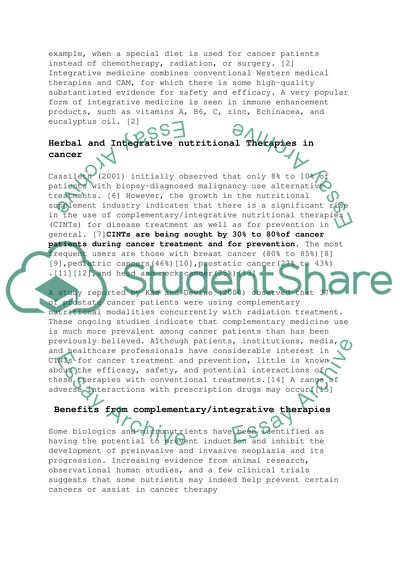Cite this document
(“Complementary therapies in the health care system Essay”, n.d.)
Retrieved from https://studentshare.org/miscellaneous/1543474-complementary-therapies-in-the-health-care-system
Retrieved from https://studentshare.org/miscellaneous/1543474-complementary-therapies-in-the-health-care-system
(Complementary Therapies in the Health Care System Essay)
https://studentshare.org/miscellaneous/1543474-complementary-therapies-in-the-health-care-system.
https://studentshare.org/miscellaneous/1543474-complementary-therapies-in-the-health-care-system.
“Complementary Therapies in the Health Care System Essay”, n.d. https://studentshare.org/miscellaneous/1543474-complementary-therapies-in-the-health-care-system.


